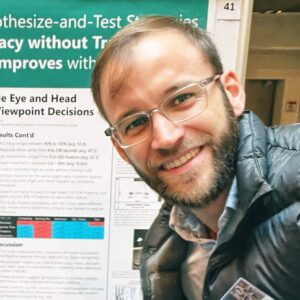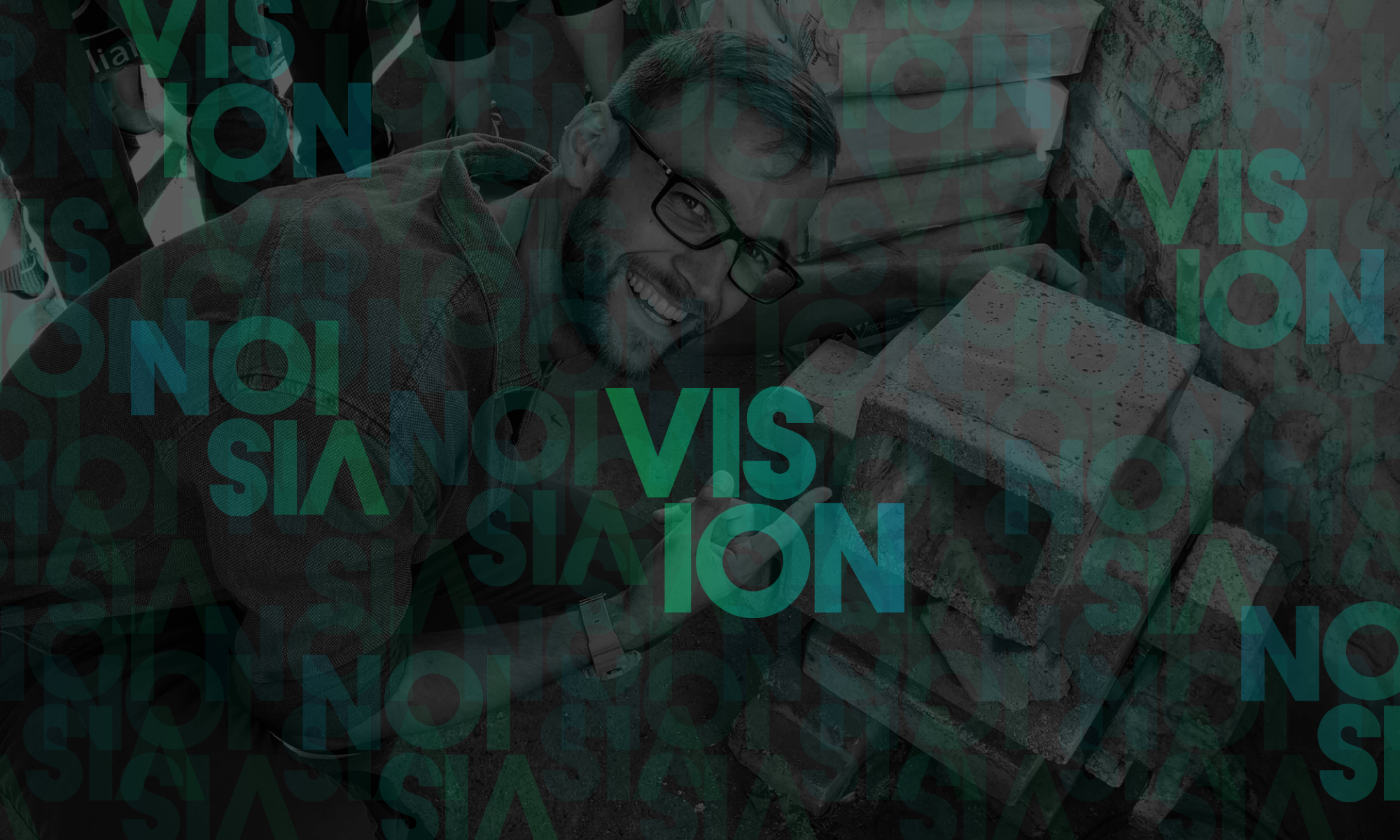The psychophysics of human three-dimensional active visuospatial problem-solving
The study explores the complex nature of visual behaviours in humans by employing a same-different task involving 3D objects. Despite a high mean accuracy of 93.82%, participants displayed diverse and dynamic strategies for viewpoint control. Notably, subjects quickly formulated effective solutions without task-specific knowledge, refining them through successive attempts. The findings highlight the intricate and adaptable nature of human visual processing during active engagement with the environment, shedding light on the nuanced interplay between perception and behaviour.
Learn More
PESAO: Psychophysical Experimental Setup
for Active Observers
Most past and present research in computer vision involves passively observed data. Humans, however, are active observers outside the lab; they explore, search, select what and how to look. Nonetheless, how exactly active observation occurs in humans so that it can inform the design of active computer vision systems is an open problem. PESAO is designed for investigating active visual observation in a 3D world.
Learn More
Visual Attention and its Intimate Links to Spatial Cognition
It is almost universal to regard attention as the facility that permits an agent, human or machine, to give priority processing resources to relevant stimuli while ignoring the irrelevant. The reality of how this might manifest itself throughout all the forms of perceptual and cognitive processes possessed by humans, however, is not as clear. Here, we examine this reality with a broad perspective in order to highlight the myriad ways that attentional processes impact both perception and cognition.
Learn More
Totally Looks Like – How Humans Compare, Compared to Machines
Perceptual judgment of image similarity by humans relies on rich internal representations ranging from low-level features to high-level concepts, scene properties and even cultural associations. However, existing methods and datasets attempting to explain perceived similarity use stimuli that arguably do not cover the full breadth of factors that affect human similarity judgments, even those geared toward this goal.
Learn More
Vision-Based Fallen Person Detection for the Elderly
Falls are serious and costly for elderly people. The Centers for Disease Control and Prevention of the US reports that millions of older people, 65 and older, fall each year at least once. Serious injuries such as; hip fractures, broken bones or head injury, are caused by 20% of the falls. The time it takes to respond and treat a fallen person is crucial. With this paper, we present a new, non-invasive system for fallen people detection.
Learn More
Visit my CV or Google Scholar for all publications.
 Hi! My name is
Hi! My name is